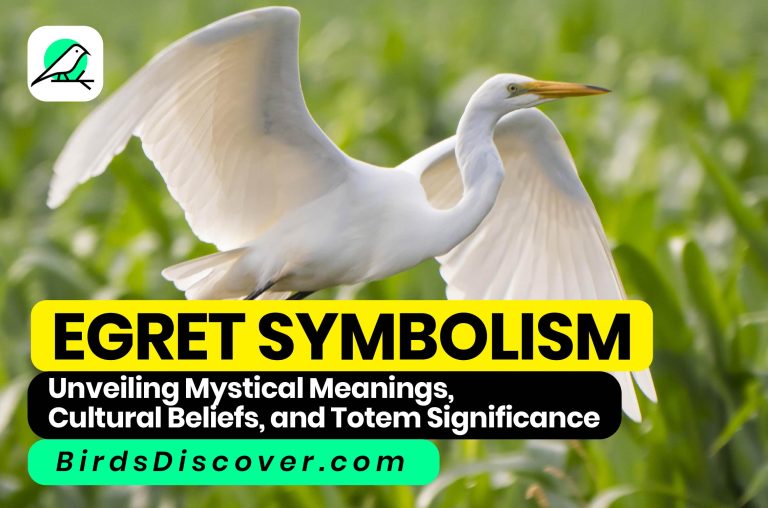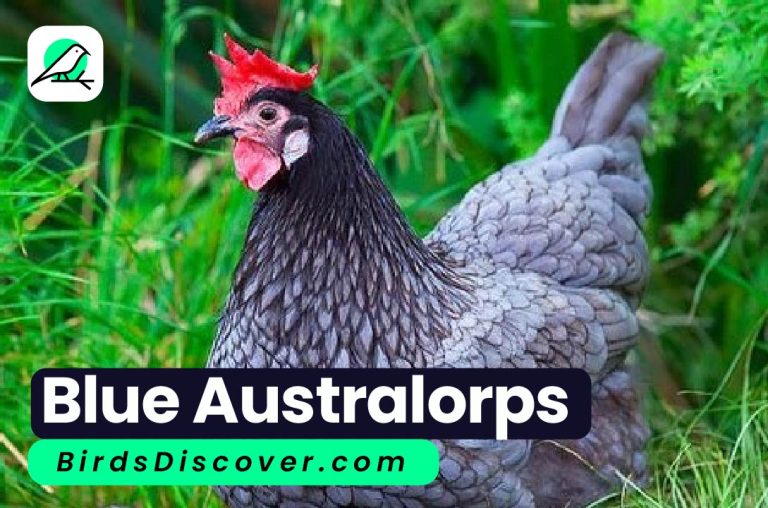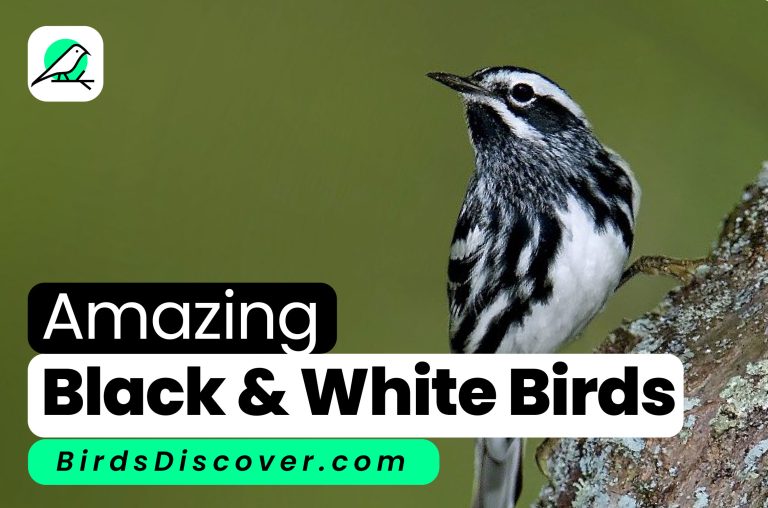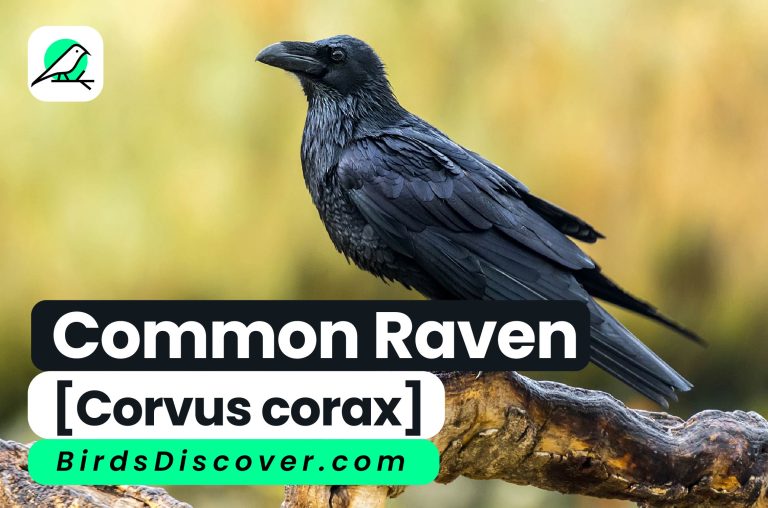HUMMINGBIRD: Fun Facts, Habitat, Food, and Description
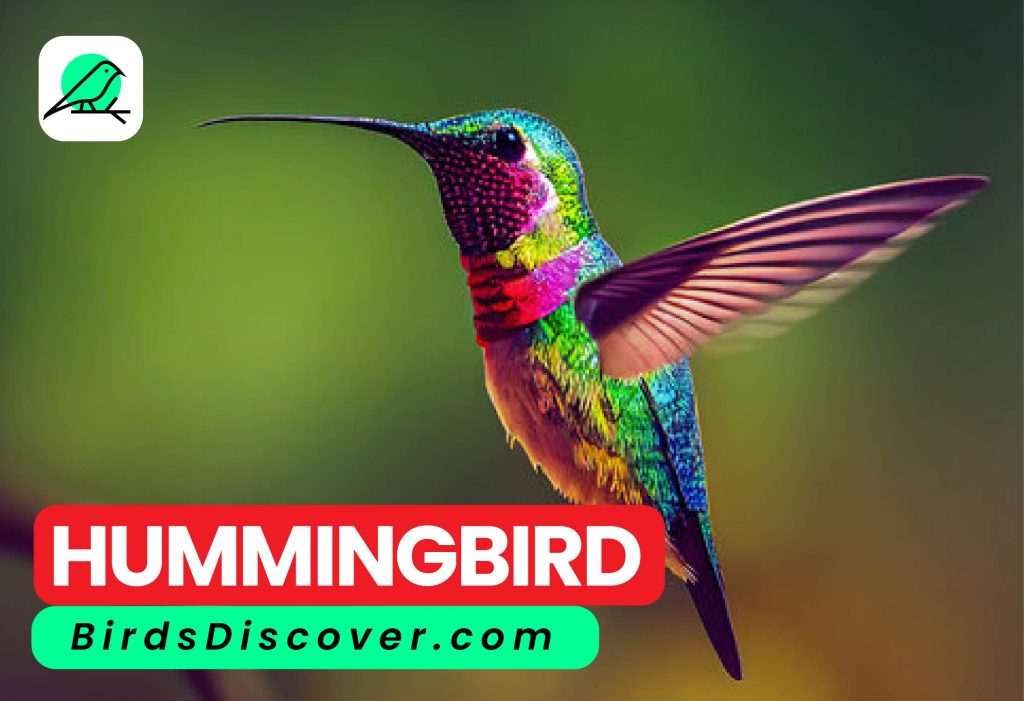
Scientific Classification
| Category | Details |
|---|---|
| Kingdom | Animalia |
| Phylum | Chordata |
| Class | Aves |
| Order | Apodiformes |
| Family | Trochilidae |
| Genus | Varies by species |
| Species | Varies by species |
Hummingbird
Hummingbirds, marvels of nature, captivate with their diminutive size and dazzling plumage. Found exclusively in the Americas, these agile birds belong to the family Trochilidae and showcase exceptional adaptations. Their ability to hover mid-air, achieved through rapid wing beats exceeding 50 times per second, facilitates nectar extraction from flowers—a primary component of their diet. With over 300 species identified, ranging from the vibrant Ruby-throated to the magnificent Sword-billed, hummingbirds vary widely in size and coloration, yet share a mutual dependence on nectar-rich blooms. Beyond their beauty, these avian acrobats play crucial roles in pollination, making them indispensable to their ecosystems.
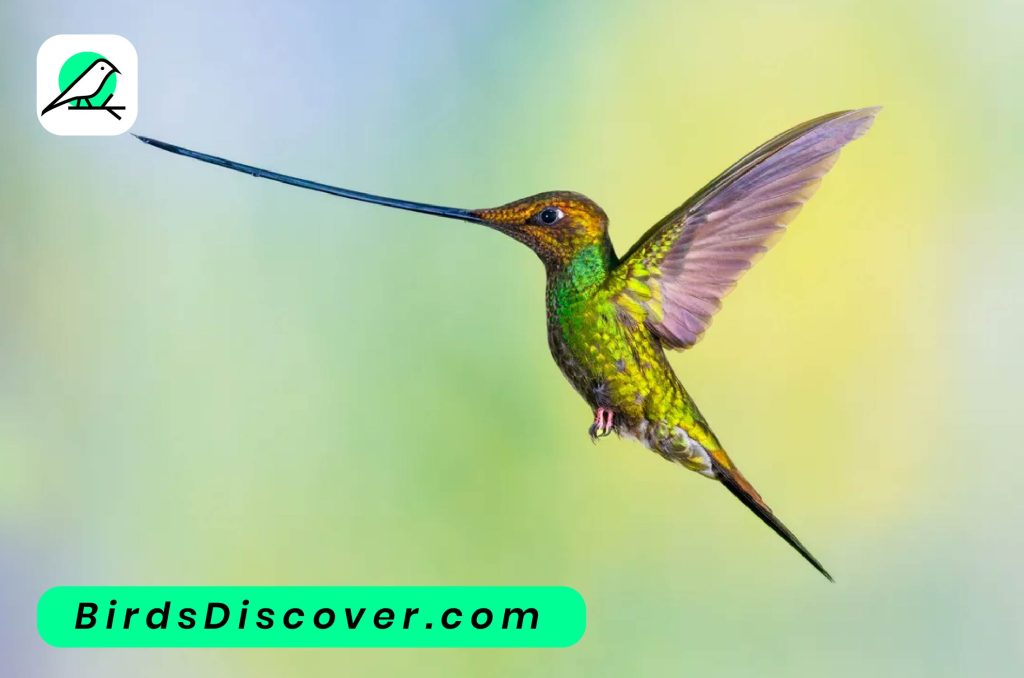
Summary
- Hummingbirds belong to the family Trochilidae and are known for their small size and vibrant plumage.
- They are found exclusively in the Americas, from Alaska to Tierra del Fuego.
- Hummingbirds have specialized adaptations such as rapid wing beats that allow them to hover in mid-air and feed on nectar from flowers.
- There are over 300 recognized species of hummingbirds, varying in size and coloration.
- They play a crucial ecological role as pollinators, contributing to the reproduction of numerous plant species.
- Despite their small size, hummingbirds are highly territorial and exhibit complex behaviors related to feeding and breeding.
Introduction
Hummingbirds are remarkable avian creatures renowned for their small stature, vibrant plumage, and astonishing agility. Found exclusively in the Americas, these birds belong to the family Trochilidae, characterized by their unique adaptations for flight and feeding. Their ability to hover in mid-air and fly backwards or upside down is facilitated by rapid wing beats that can exceed 50 times per second. Equipped with long, slender bills adapted for sipping nectar from flowers, hummingbirds play a crucial role in pollination across a wide range of habitats, from tropical rainforests to arid deserts. With over 300 species identified, each displaying distinct color patterns and behaviors, hummingbirds continue to fascinate researchers and enthusiasts alike for their beauty and ecological significance.
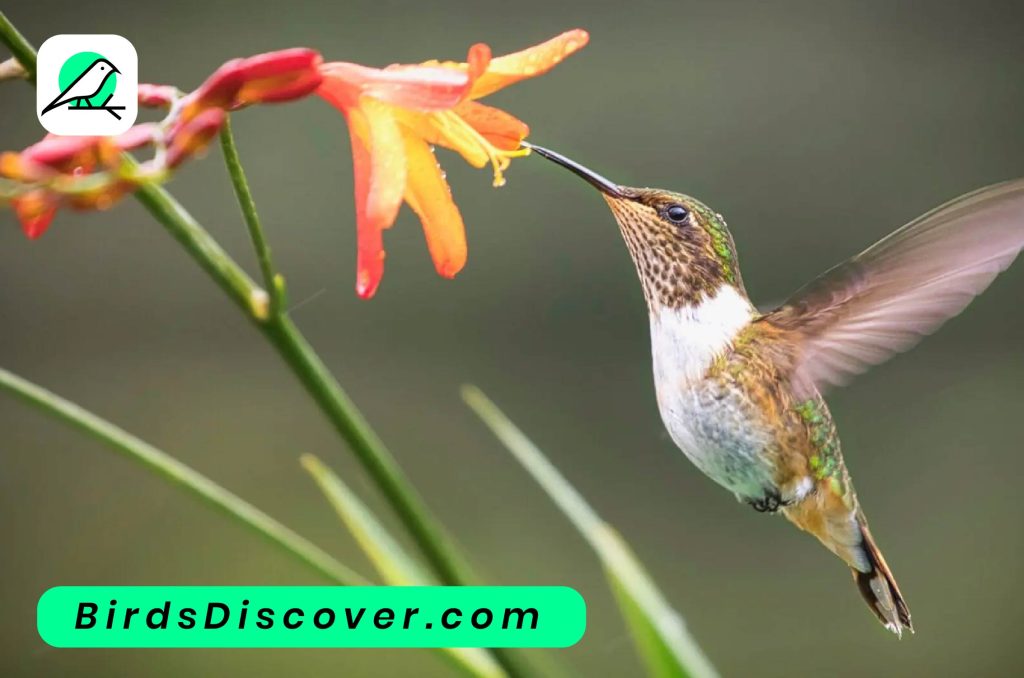
Habitat
- Tropical Rainforests: Many species of hummingbirds thrive in the lush canopies of tropical rainforests, where they find abundant flowering plants and insects for food.
- Montane Cloud Forests: Some hummingbird species are adapted to higher elevations, such as montane cloud forests, where they can find nectar-rich flowers even in cooler climates.
- Deserts and Arid Scrublands: Certain species are well-suited to arid environments like deserts and scrublands, where they feed on desert flowers that bloom sporadically.
- Coastal Areas: Hummingbirds can be found in coastal regions, taking advantage of coastal shrublands and flowering plants.
- Grasslands and Meadows: Open grasslands and meadows with scattered flowering plants also provide suitable habitat for some hummingbird species.
- Suburban and Urban Gardens: Many hummingbirds have adapted well to human-altered environments, including gardens, parks, and urban areas, where they find nectar from cultivated flowers.
- Migration Routes: During migration, hummingbirds may pass through a variety of habitats, including forests, grasslands, and agricultural areas, depending on their migration routes.
Fascinating Facts
- Flight Prowess: Hummingbirds are the only birds capable of sustained hovering flight, achieved through rapid wing beats that can exceed 50 times per second.
- High Metabolism: They have one of the highest metabolic rates among vertebrates, requiring them to consume up to half their body weight in nectar daily to sustain their energy levels.
- Colorful Plumage: Their iridescent feathers are not due to pigments but are the result of light refraction from microscopic structures in the feathers, giving them shimmering colors that change depending on the angle of light.
- Tiny Size: Some species, like the Bee Hummingbird of Cuba, are among the smallest birds in the world, measuring just 2 to 2.4 inches (5 to 6 cm) in length and weighing less than a dime.
- Territorial Behavior: Despite their small size, hummingbirds are fiercely territorial and will defend feeding and nesting areas from other birds, often engaging in aerial chases and displays to assert dominance.
- Migration Feats: Certain species undertake impressive migrations. For instance, the Ruby-throated Hummingbird migrates non-stop across the Gulf of Mexico, a journey of up to 500 miles (800 km), fueled by fat reserves accumulated beforehand.
- Unique Feeding Adaptations: Their long, slender bills and extendable, tube-like tongues allow them to access nectar deep within flowers, while also consuming small insects and spiders for protein.
- Courtship Displays: Male hummingbirds perform elaborate aerial displays to attract females, showcasing their agility and vibrant throat patches (gorgets) that reflect iridescent colors in the sunlight.
- Keystone Pollinators: Hummingbirds play a crucial role in pollinating a wide variety of flowering plants across their habitats, making them essential for ecosystem health and plant diversity.
- Species Diversity: There are over 300 recognized species of hummingbirds, each exhibiting unique adaptations and behaviors suited to their specific habitats throughout the Americas.
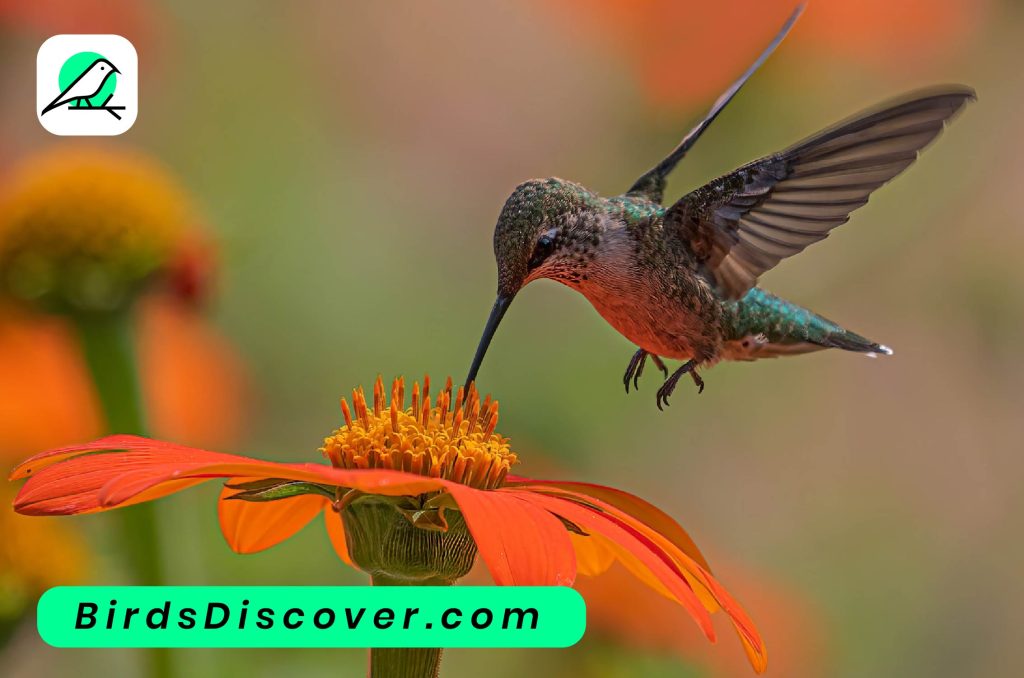
Particular personality characteristics and metabolism
| Characteristic | Description |
|---|---|
| High Metabolism | Hummingbirds have one of the highest metabolic rates among vertebrates, requiring them to consume large amounts of nectar daily to fuel their energy needs. |
| Aggressive Territoriality | Despite their small size, hummingbirds exhibit fierce territorial behavior, vigorously defending feeding and nesting territories from intruders. |
| Curiosity and Boldness | They are known for their curious nature and bold behavior, often investigating new flowers and feeders without hesitation. |
| Intelligence | Hummingbirds display remarkable problem-solving abilities, such as navigating complex feeder designs and remembering nectar sources. |
| Fearlessness | They show fearlessness in interactions with larger birds and animals, relying on their agility and speed to evade potential threats. |
| Adaptability | Hummingbirds are highly adaptable to various habitats, from tropical rainforests to urban gardens, where they quickly learn to exploit new food sources. |
Feeding
- Nectar as Primary Diet: Hummingbirds primarily feed on nectar from flowers, which provides them with the energy necessary for their high metabolic rates.
- Specialized Bills: They have long, slender bills adapted for probing deep into flowers to access nectar. Different species may have bills shaped to match specific flower types.
- Hover-feeding: Hummingbirds are the only birds capable of sustained hovering flight. They hover in front of flowers and use their long tongues, which can extend far beyond their bills, to lap up nectar.
- High Nectar Consumption: Due to their rapid metabolism, hummingbirds must consume large amounts of nectar daily, often visiting hundreds of flowers in a single day.
- Supplemental Diet: In addition to nectar, hummingbirds also consume small insects and spiders for protein, which is essential for their growth and reproduction.
- Feeding Territories: They establish and fiercely defend feeding territories, chasing away intruders and guarding their access to abundant nectar sources.
- Migration Feeding: During migration, hummingbirds may rely on frequent stops to refuel, consuming extra nectar to build up fat reserves for long flights.
- Feeder Adaptation: Many hummingbirds readily adapt to feeding from artificial nectar feeders provided by humans, which mimic natural flowers and help supplement their diet.
- Pollination Role: As they feed on nectar, hummingbirds inadvertently transfer pollen between flowers, making them effective and important pollinators for many plant species.
- Seasonal Variation: Feeding habits may vary seasonally based on flower availability and migration patterns, with some species adjusting their diets to include more insects during certain times of the year.
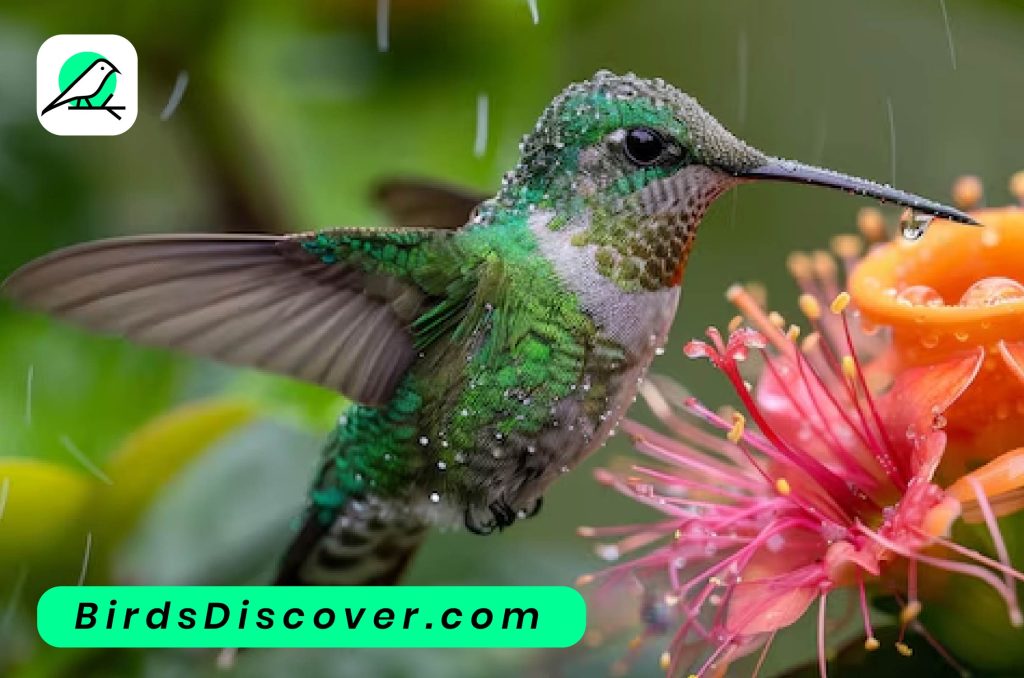
Migration
| Aspect of Migration | Description |
|---|---|
| Seasonal Movement | Many hummingbird species undertake seasonal migrations between breeding and wintering grounds, driven by changes in food availability and climate. |
| Long-Distance Travel | Despite their small size, some hummingbirds travel long distances. For instance, the Ruby-throated Hummingbird can migrate up to 500 miles (800 km) across the Gulf of Mexico. |
| Migration Timing | Typically occurs in spring and fall; birds return to breeding grounds in spring and move south to wintering grounds in fall. |
| Route Selection | Hummingbirds may follow specific migratory routes with suitable stopover sites providing abundant nectar for refueling. |
| Fueling Up | Before migration, hummingbirds consume extra nectar and insects to build up fat reserves, which serve as fuel during long flights. |
| Migration Hazards | Risks include predation, adverse weather, and habitat loss along the migration route. |
| Wintering Sites | Hummingbirds migrate to Central America, Mexico, or the Caribbean for winter, where milder climates and reliable food sources are found. |
| Return Migration | In spring, birds return to breeding grounds to nest and raise young, repeating the migration cycle annually. |
| Tracking Methods | Researchers use banding and tracking to study migration patterns, identifying key stopover sites and routes. |
| Conservation Importance | Protecting stopover habitats and maintaining corridors of suitable habitat along migration routes are crucial for the survival of migratory hummingbird populations. |
Reproduction
Courtship and Mating
- Courtship Displays: Male hummingbirds are known for their elaborate courtship displays. To attract a female, a male will perform a variety of aerial maneuvers, including rapid dives and swoops, often accompanied by a distinctive buzzing sound created by the air rushing through their feathers. These displays are not only spectacular but also serve to demonstrate the male’s fitness and vigor.
- Territorial Behavior: Males are highly territorial during the breeding season. They establish and defend feeding territories that they use to attract females. The most dominant males with the best territories are often the ones that get the most mating opportunities.
- Mating: Once a female is attracted, the actual mating process is brief and occurs in mid-air. Hummingbirds do not engage in elaborate courtship rituals on the perch but rather mate quickly during flight.
Nesting
- Nest Construction: After mating, the female hummingbird begins to build a nest, usually in a secluded location such as the fork of a tree branch, a dense shrub, or even on human-made structures like hanging planters. The nest is a small, cup-shaped structure made from plant down, spider silk, and other natural materials, which provides flexibility and insulation.
- Egg Laying: Typically, the female lays 1 to 3 eggs per clutch. The eggs are tiny, often about the size of a pea, and are usually white. The female will incubate the eggs alone, using her body heat to keep them warm.
Incubation and Rearing
- Incubation: The incubation period for hummingbird eggs is around 10 to 14 days, depending on the species. During this time, the female will rarely leave the nest, relying on her fat reserves to sustain her.
- Hatching: Once the eggs hatch, the female continues to provide warmth and feed the chicks with regurgitated nectar and small insects. The chicks are born altricial, meaning they are hatched in a very undeveloped state, blind, and featherless.
- Fledging: After about 3 to 4 weeks, the chicks will fledge, or leave the nest. However, they may still rely on the mother for food and protection for a short period afterward as they learn to forage on their own.
Post-Fledging
- Learning to Feed: Newly fledged hummingbirds need to learn how to feed on nectar and catch small insects effectively. The mother may help guide them initially, but they must quickly become independent to survive.
- Dispersal: As the young hummingbirds mature, they will disperse from their natal area to find their own territories and potential mates.
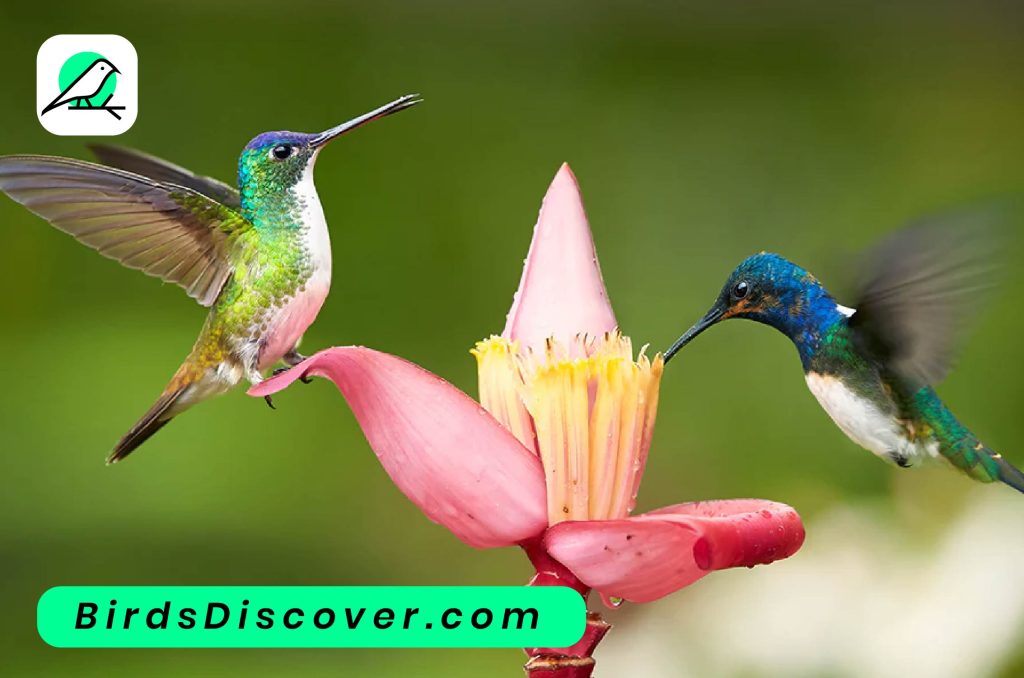
Communication
Hummingbirds communicate through a rich tapestry of vocalizations, visual displays, and dynamic flight patterns. Males emit a range of sounds, from chirps and tweets to buzzing noises, which are crucial for establishing territory and attracting mates. Their striking plumage and elaborate aerial maneuvers further enhance their communication, with males performing intricate flights to demonstrate their fitness and deter rivals. Body language also plays a role, as hummingbirds use head bobbing and specific postures to signal aggression, submission, or courtship intentions. This multifaceted approach to communication helps them navigate social interactions, defend their territories, and find mates.
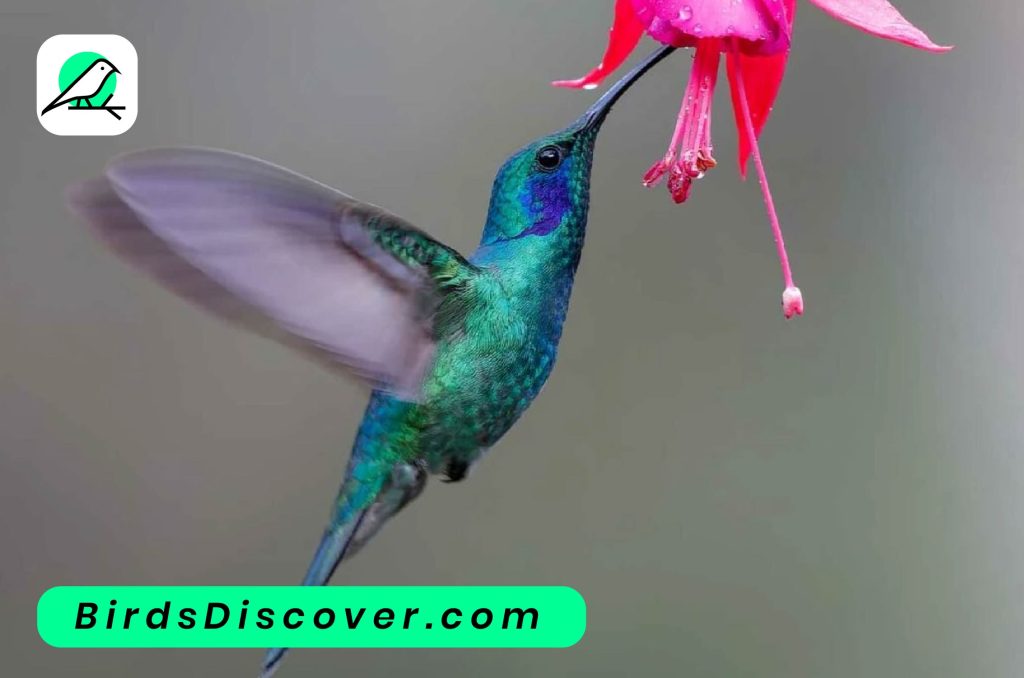
Flight
Wing Structure: Hummingbirds have a unique ball-and-socket joint at their shoulders, allowing their wings to rotate 360 degrees. This adaptation supports their ability to hover and maneuver in all directions.
Hovering: To hover, hummingbirds beat their wings rapidly in a figure-eight motion, generating lift with each stroke. This hovering ability enables them to stay stationary while feeding on nectar.
Wing Beats: Their wing beats can reach up to 80 times per second, producing a characteristic humming sound. This rapid flapping provides the necessary lift and propulsion for their agile movements.
Flight Maneuverability: Hummingbirds can fly forwards, backwards, and even sideways. This agility is crucial for navigating through dense vegetation and feeding from various angles.
Energy Consumption: Due to their high metabolism, hummingbirds need to consume large amounts of food. Their flight efficiency is vital, as it allows them to maximize their feeding opportunities and maintain their energy levels.
Common Names in Different Languages
| Language | Common Name |
|---|---|
| English | Hummingbird |
| Spanish | Colibrí |
| French | Colibri |
| German | Kolibri |
| Italian | Colibrì |
| Portuguese | Beija-flor |
| Dutch | Kolibrie |
| Russian | Колибри (Kolibri) |
| Japanese | ハチドリ (Hachidori) |
| Chinese | 蜂鸟 (Fēngniǎo) |
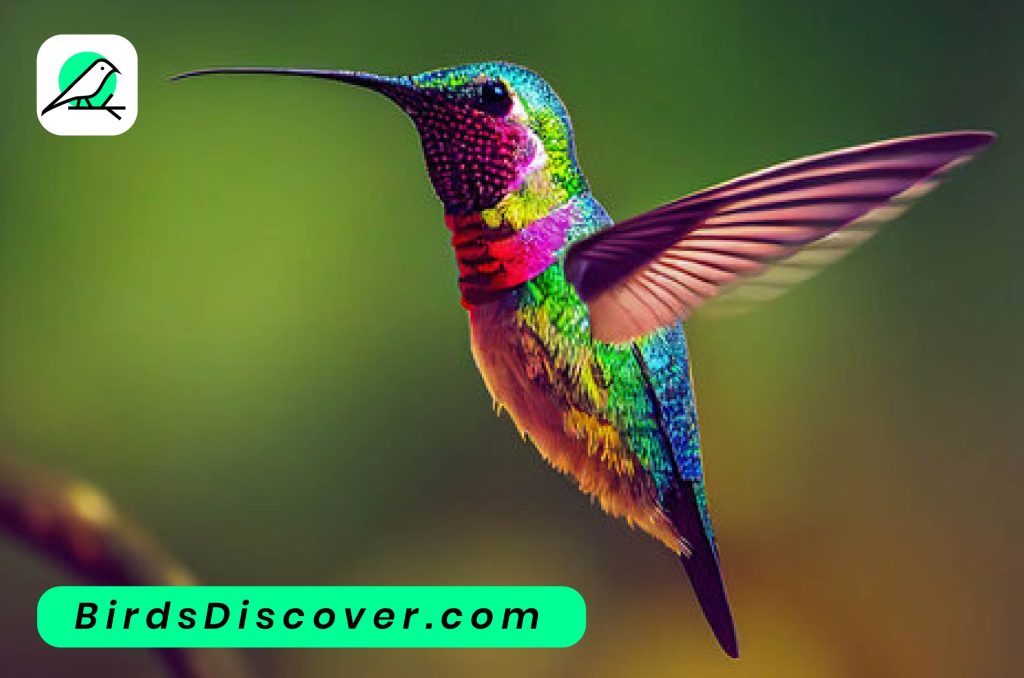
Natural Foes
Hummingbirds face a range of natural predators and threats in their environment:
- Birds of Prey: Raptors such as hawks and kestrels can prey on hummingbirds, especially when they are perched or nesting.
- Snakes: Some species of snakes, particularly tree-dwelling ones, may invade nests and consume hummingbird eggs or chicks.
- Mammals: Small mammals like raccoons and squirrels may raid hummingbird nests in search of eggs or fledglings.
- Insects: Predatory insects such as spiders and praying mantises can ambush hummingbirds at feeders or nests.
- Large Insects: Hornets and wasps may attack hummingbirds, particularly if they are feeding from flowers or feeders.
- Domestic Animals: Cats, especially those that are allowed outdoors, can pose a significant threat to hummingbirds.
- Environmental Hazards: Severe weather, habitat destruction, and pollution can also indirectly threaten hummingbirds by affecting their food sources and nesting sites.
Conclusion
hummingbirds are fascinating creatures that captivate with their remarkable agility, vibrant colors, and unique behaviors. Their ability to hover and rapidly beat their wings allows them to access nectar from flowers with incredible efficiency, playing a crucial role in pollination. The diversity in their habitat—from tropical rainforests to temperate gardens—demonstrates their adaptability and resilience. Understanding their dietary needs, predominantly nectar supplemented by insects and spiders for protein, highlights the intricate balance they maintain with their environment. With their dazzling plumage and remarkable flight capabilities, hummingbirds not only enrich our natural world but also inspire awe and appreciation for the wonders of nature.
FAQS
What do hummingbirds eat?
Hummingbirds primarily consume nectar from flowers, which provides them with the sugar they need for energy. They also eat small insects and spiders to obtain proteins, vitamins, and minerals. Their high metabolism requires them to feed frequently, often visiting hundreds of flowers each day.
How fast can a hummingbird fly?
Hummingbirds can fly at speeds of up to 30 miles per hour (48 kilometers per hour) during regular flight. During their rapid courtship displays or when in a dive, some species can reach speeds of up to 60 miles per hour (97 kilometers per hour). Their extraordinary flight capabilities also include hovering and flying backwards.
Why do hummingbirds hover?
Hummingbirds hover to feed from flowers or feeders. They use a unique wing structure that allows them to rotate their wings in a full circle, enabling them to stay in one place while extracting nectar. Hovering also helps them remain stationary while they take in the necessary nourishment.
How do hummingbirds stay warm at night?
To conserve energy and stay warm at night, hummingbirds enter a state called torpor. During torpor, their metabolic rate drops significantly, and their body temperature decreases to near the ambient temperature. This state helps them survive through cold nights and periods when food is scarce.
Do hummingbirds migrate?
Yes, many species of hummingbirds migrate seasonally. For example, in North America, some hummingbirds migrate between their breeding grounds in the U.S. and Canada and their wintering grounds in Central America or Mexico. Migration patterns can vary widely among species, with some traveling long distances and others making shorter journeys.

